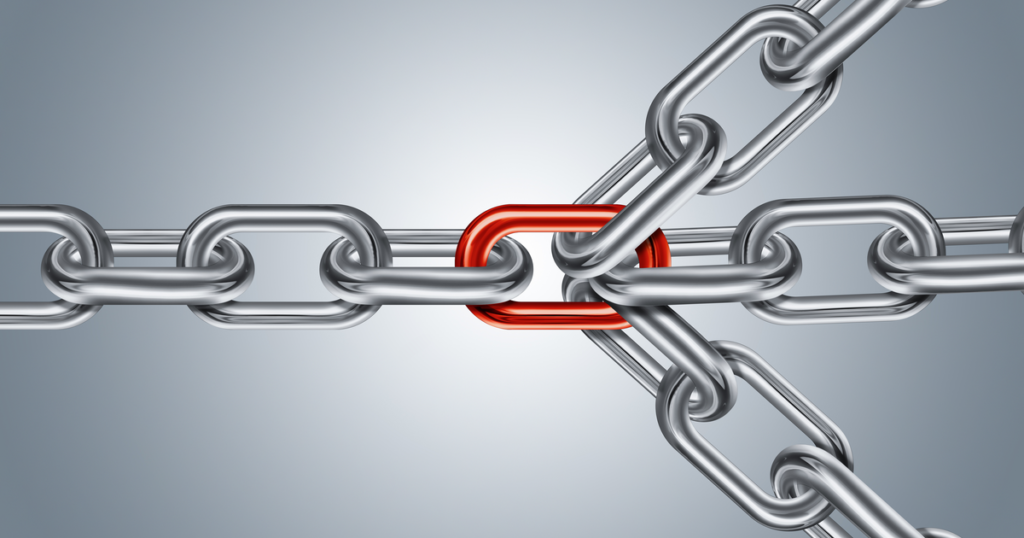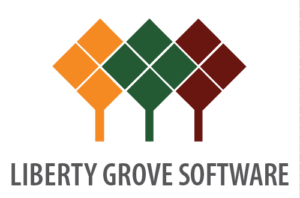How to Solve the Broken Links by Connecting Supply Chains

As any Importer can tell you, supply chain issues have become an absolute nightmare. Soaring shipping costs. Skyrocketing land freight costs. Production delays. Shipment delays. Port congestion. Wasn’t it back in September when we heard the so-called industry analysts predicting that rates would start coming down toward the end of the year? And yet… here we are in May, and still, there has been no relief, nor is there any reliable relief on the horizon. Nothing you can take to the bank.
What Happens When Supply Chains are Broken?
Let’s say there is a Food & Beverage item being produced for you in Thailand. And let’s say it’s a product with a 6-month shelf life. And let’s say that the supplier bottled the product in mid-January with the expectation that it would go straight to their warehouse where it would be packaged immediately, loaded into a container, which would then travel overland to the port where it would be loaded onto a freighter, and shipped by the end of that month. It would then arrive six weeks later at a U.S. port, where it would be immediately unloaded. That container would then immediately travel overland to your U.S. warehouse, from where all your distributors’ orders would be promptly fulfilled. And there would still be four months of shelf life left.
That’s how it should work.
But the universe had other plans for your shipment, and those plans were not good. If even one of those dates were pushed out for reasons totally beyond the bottler’s control and totally beyond your control, a domino effect would kick in. There would be broken links in your supply chain. And if you were lucky, by the time you received that shipment, the product might still have two months of shelf life left before it would have to be destroyed, at a significant cost to you. Meanwhile, your distributors would be clamoring for product.
Causes of Broken Supply Chain Links
What could have happened to your supply chain, a chain that had been, at least 90% of the time, working perfectly well? Here are a few answers:
- The bottler in Thailand was forced to shut down due to the pandemic.
- The raw materials and ingredients arrived too late at the bottler.
- The packaging was delayed.
- The original overland freight date was pushed out because there weren’t enough drivers.
- The truck with your container couldn’t be unloaded at the port because there weren’t enough dock workers.
- The freighter sat outside the port for weeks because there weren’t enough dock workers.
Broken Supply Chain Links Cost Money!
Any single one of the above would already spell a disaster, and the cost to you would be enormous. But if there were more than one delay at more than one point on your supply, it would likely be impossible for you to raise your prices enough to cover those costs. In many cases, we are seeing:
- Overland rates up 20%
- Overseas rates are up 300%, and that’s not an exaggeration!
- Raw material costs up to 10%
- Warehouse rates up another 5%
You would be lucky if you could break even. But you’re not in business to break even, are you? You’re in business to make a profit. But because of all those issues that are beyond your control, you’re faced with some tough decisions. You could:
- Raise your prices and potentially lose customers
- Don’t raise your prices and potentially break even
- Don’t raise your prices and potentially show a loss for the year
- Wait it out in the hope that these supply chain issues will be resolved before it’s too late
- Deplete the equity in your company to cover some of those losses
- Diversify your product lines in the hope that with more products to sell, the higher volume will cover some of your losses
You’re between a rock and a hard place. Your only solace is the knowledge that…
Your Competitors Are in the Same Boat (pun intended)
What can you do to get into a better boat? You can’t change the forces that are beyond your control. But you can improve the outlook for your business by lowering your internal costs and transitioning to a cost-effective cloud-based ERP software system that streamlines your operations, increases productivity, and monitors your supply chain every step of the way.
That cloud-based ERP software solution is Microsoft Dynamics 365 Business Central. Business Central is the perfect solution for manufacturers, distributors, and companies in the Food & Beverage sector, industries where Liberty Grove Software has decades of experience that we bring to bear for your success in good times and in troubled times.
Take the next step toward connecting your supply chains…
Contact Liberty Grove Software by calling 630-858-7388 or emailing nav@libertygrove.com.

